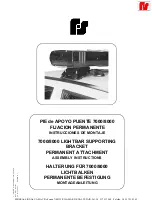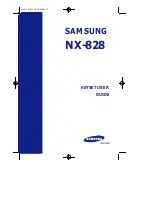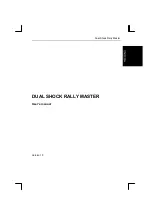
Charging Batteries
Discharging Batteries
The self-heating function needs to be disabled or enabled individually on each battery in the
parallel battery bank.
DO NOT exceed the maximum charge current to the battery.
ONLY charge the battery with a battery charger or charge controller that is compatible with
lithium iron phosphate batteries.
DO NOT exceed the maximum discharge current to the battery.
DO NOT connect large loads to the battery when it is running low.
If the battery shuts off due to low state of charge (SoC), please disconnect the battery from
the discharge equipment to eliminate potential parasitic loads and charge the battery as
soon as possible. Failure to do so may cause irreversible damage to the battery.
Depending on the length of time between manufacturing and shipping, the battery may be
received at a partial state of charge. Please fully charge the battery prior to the initial use.
The self-heating function will not be able to operate normally if a PWM charge controller or
a small current battery charger is used to charge the battery at low temperatures. It is
recommended to disable the self-heating function to prevent it from starting and stopping
operation frequently and consuming the battery.
During the standard charging process, the battery is first charged at a constant current of 10A
until the battery voltage reaches 54V. Then, the battery is charged at a constant voltage of 54V
while tapering the charge current. The standard charging process is considered complete when
the charge current is less than 1A. However, leaving the battery on float will continue to
balance the battery cells and will not damage the battery. The standard charging process
normally takes 7 hours. Safe charging requires battery temperatures below 131°F(55°C). If the
self-heating function is disabled or unable to work normally, battery temperatures above 32°F
(0°C) is also required for the safe charging.






































